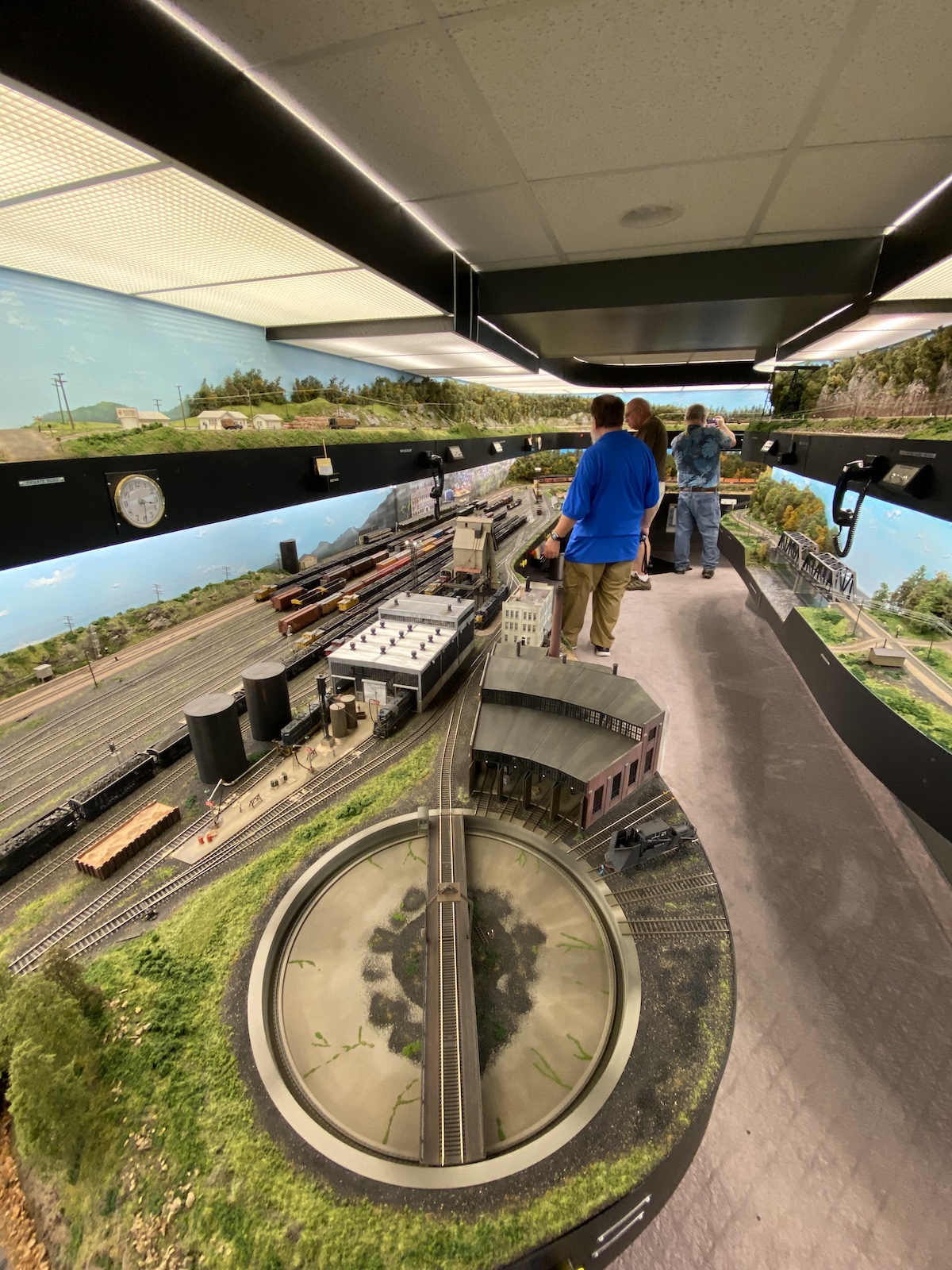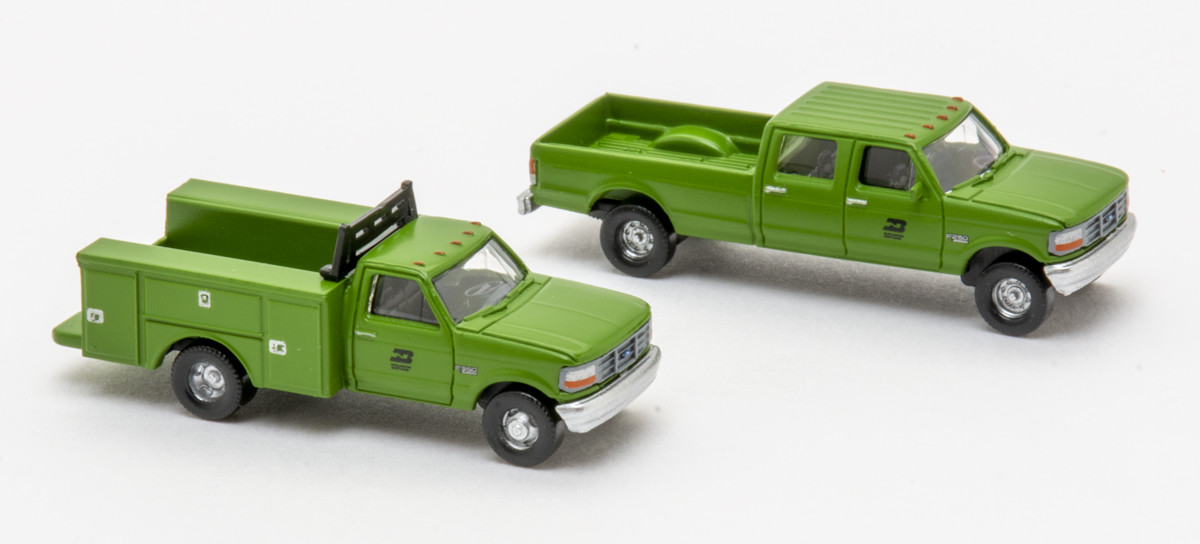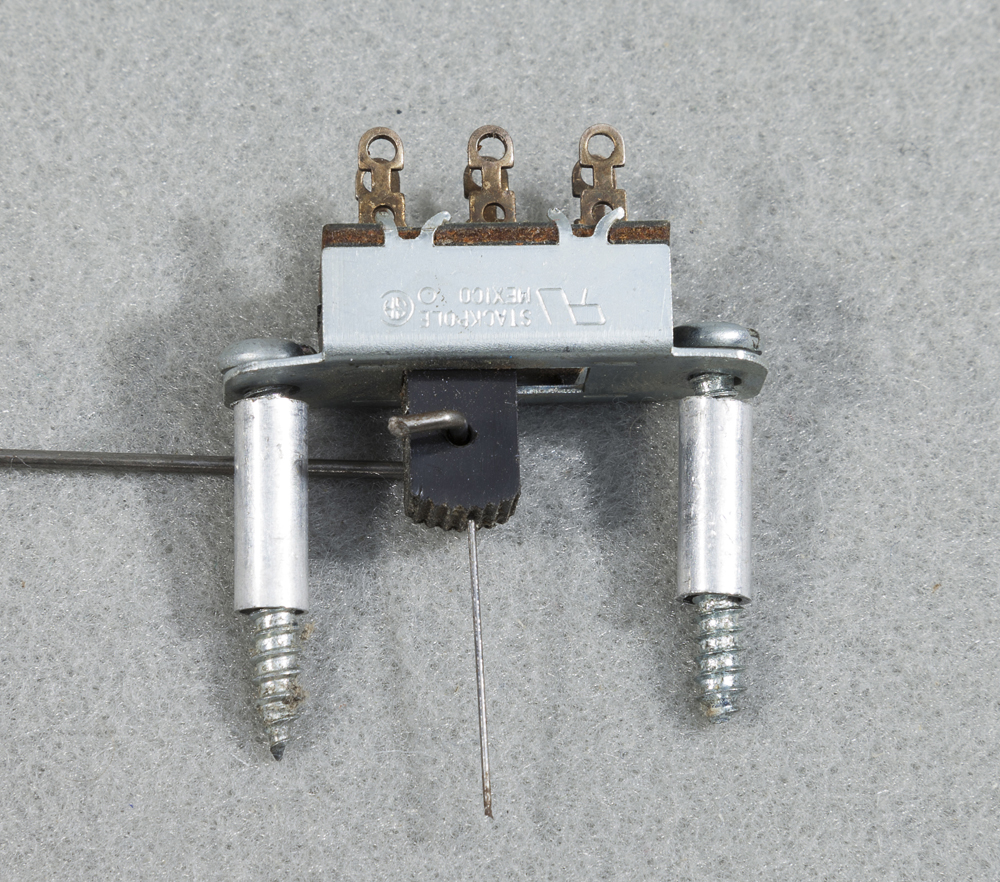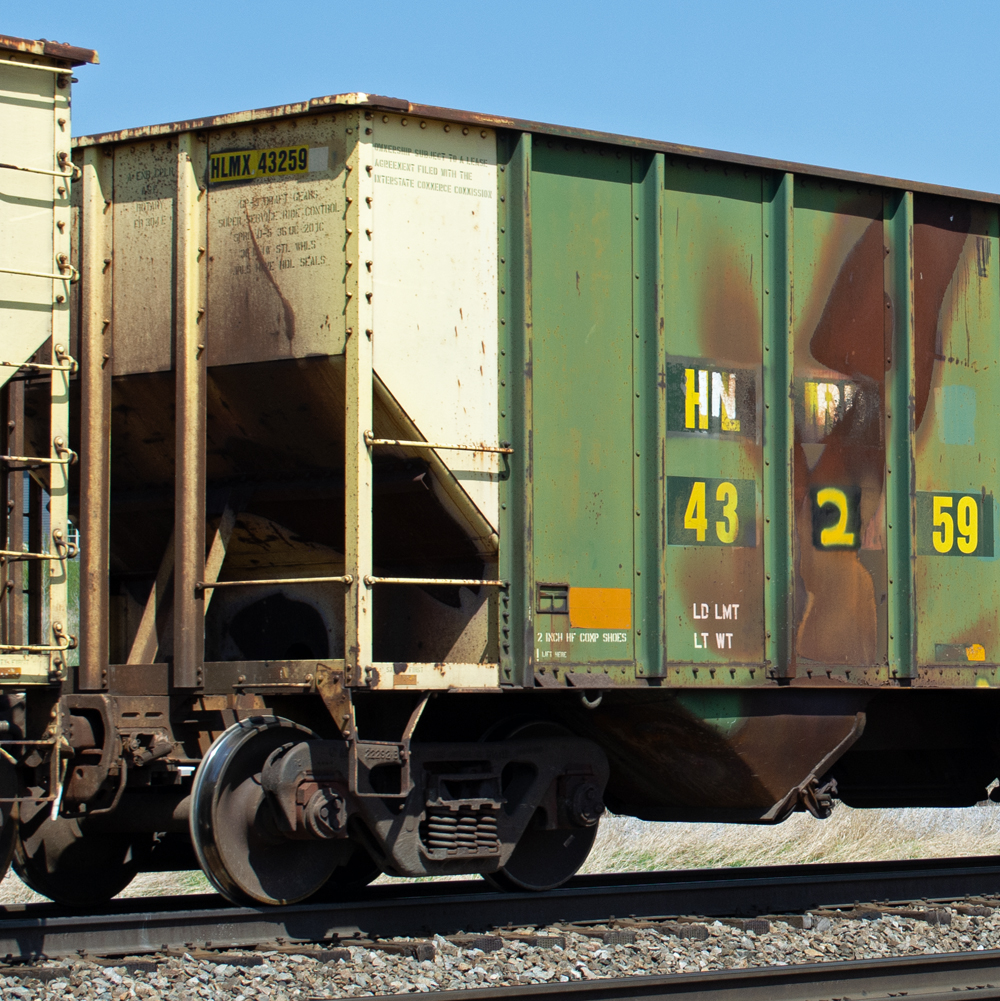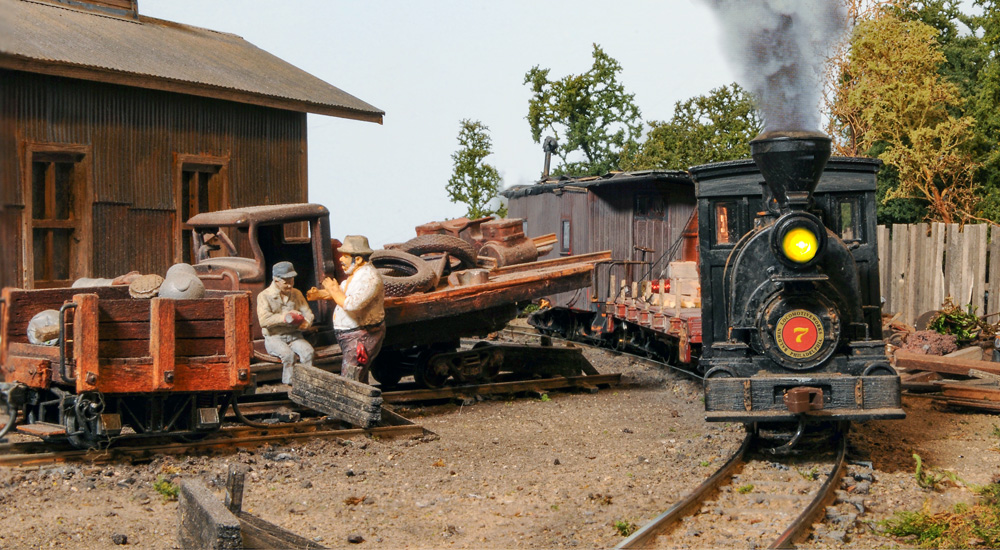
If you want to fascinate visitors and draw their eyes into your layout, make your layout tell a story. Many modelers put a lot of effort into making their locomotives, track arrangements, and operating schemes as realistic as possible. But not all of us put the same amount of thought into the little plastic people who populate our model railroads. We think of our railroads as representations of the real thing, moving cars back and forth to serve industries and stations. But railroads aren’t built to serve industries and stations; they serve the people who run those industries and the passengers inside those stations.
Don’t think of figures just as scenic elements to be plopped down wherever there’s an empty spot on your layout. They represent people with lives the same as your freight cars represent the cargos they carry. By creating scenes that show those figures living out their lives, you can make your layout tell a story that brings it depth, history, and interest.
Here are some tips on how to make your layout tell a story through placement of figures.
David Arrell: Use familiar scenes to evoke memories
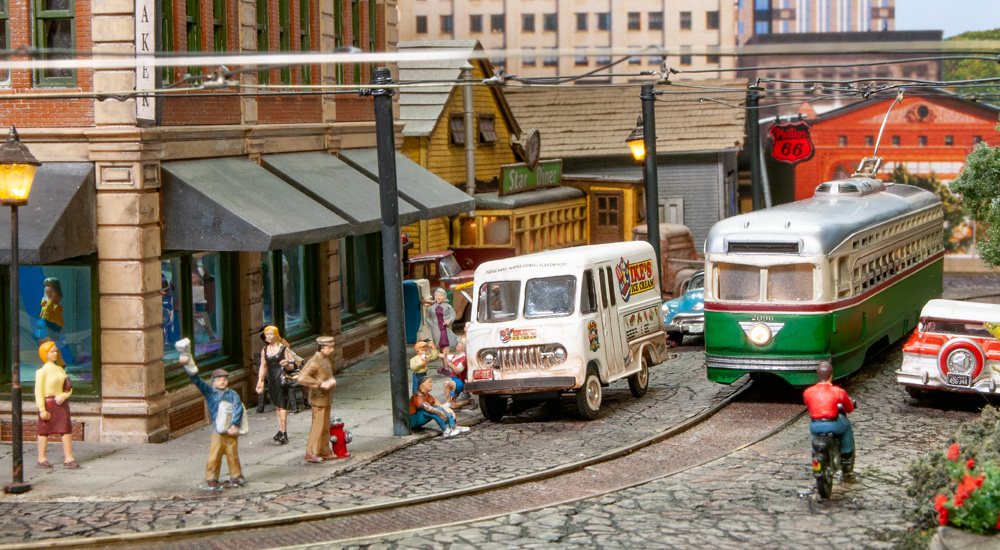
Hobbyists who model a particular prototype often put a lot of time, research, and effort into duplicating a particular area in a particular time. They seek to spark recognition in visitors familiar with the area being modeled. But freelance modelers can also evoke memories of a place and time by modeling universally familiar scenes. For instance, David Arrell built his freelanced trolley layout (seen in the March 2022 MR) based on his memories of visiting Philadelphia as a child. He didn’t try to reproduce actual locations, but rather populated his town with figures engaged in such universally familiar activities as getting a treat from an ice cream truck. Who doesn’t have such a childhood memory? Modeling scenes that viewers of the layout can imagine themselves taking part in is a great way to draw them into the story of your layout.
Clark Propst: Make industries look busy
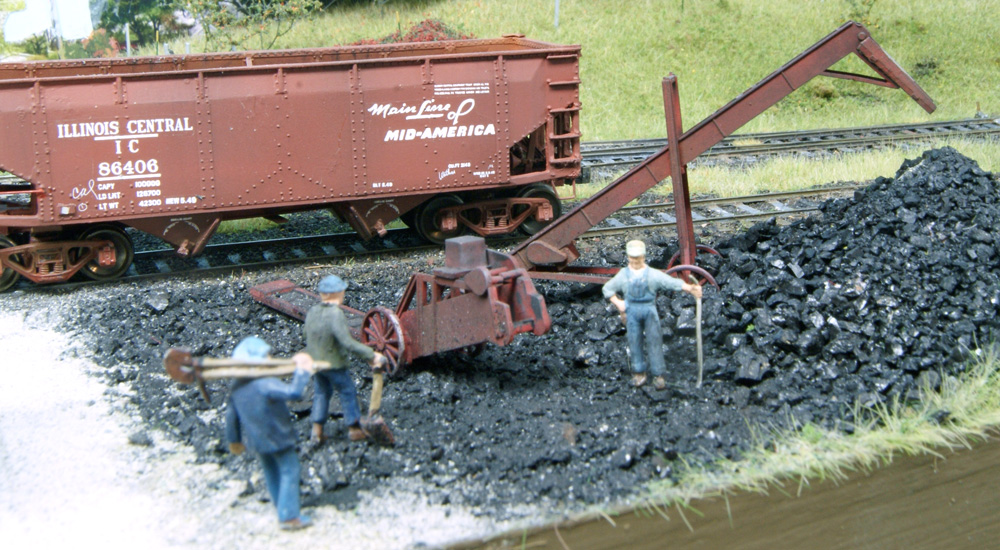
In his article “Every figure tells a story” (December 2021), Clark Propst wrote about how to use figures to bring life to the industries on his HO scale Story City Branch (as seen in Great Model Railroads 2020). While the details surrounding a structure or a sign on the roof can help an operator know what business the industry is in, Clark wanted to use figures to show the result of the railroad picking up and dropping off cars there. So his coal dealers have workers moving conveyors to unload delivered hopper cars, an oil delivery driver is topping off his tanker truck, and a worker at a grain elevator is explaining to another how to add grain doors to boxcars. This gives operators on Clark’s model railroad a feeling that their trains are performing an important job.
Don Ball: Show the life of the times
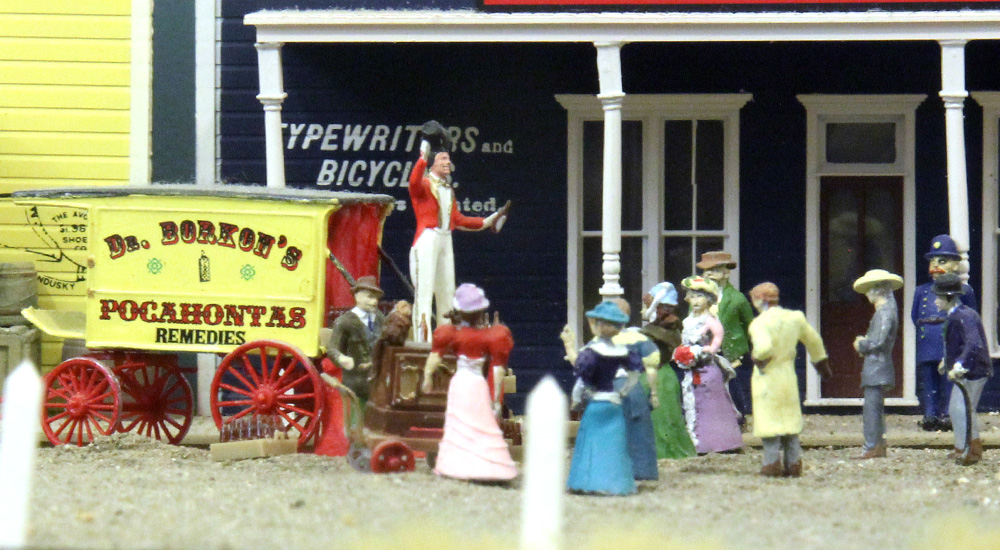
While it’s important to purchase and use figures whose clothing matches the time period you model, it’s also important to depict the figures engaged in activities appropriate for the era. The late Don Ball wrote about how to “Add interest with mini-scenes” in our March 2020 issue. Don modeled the Stockton & Copperopolis in the golden age of steam, 1895, so of course he made sure all his male figures were in jackets and ties and the ladies wore long dresses and bonnets or fancy hats. But it also added interest to the layout to have those figures engaged in interesting activities. For example, outside the general store, a crowd had assembled to listen to a traveling huckster offering snake-oil remedies. Elsewhere, gents prepared to ride big-wheeled “pennyfarthing” cycles and passengers boarded stagecoaches at the train station. Positioning these figures engaged in activities of the time helped make his layout more interesting.
Ron Lane: Better than fiction
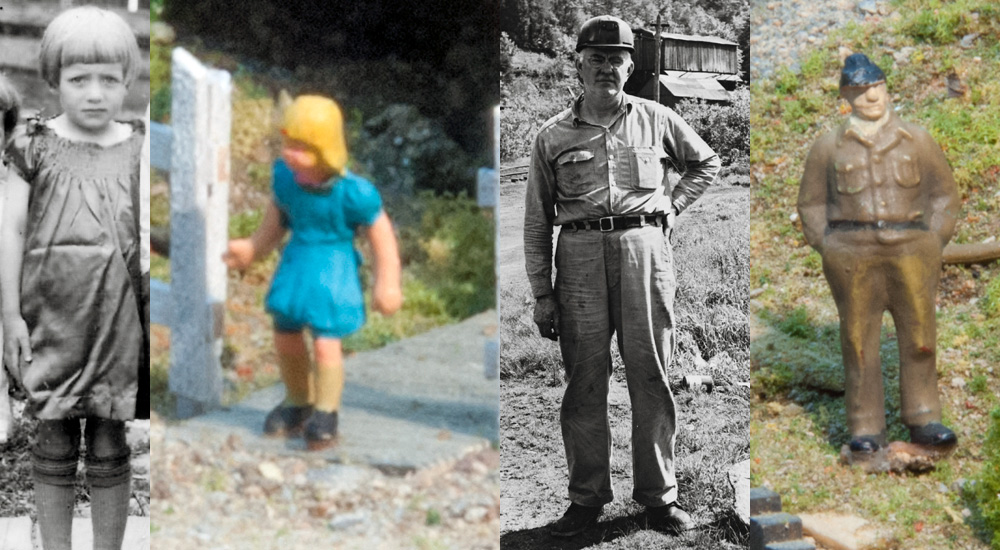
Rather than make up stories to tell on his HO scale Mann’s Creek Ry., modeler Ron Lane used his layout to tell stories of real people who lived and worked alongside his prototype railroad. Ron and his co-author, Ted Schnepf, spent 15 years researching and writing a book on the history of the real Mann’s Creek Ry. During that time they made 25 trips to the area and interviewed more than 200 people about their memories of the railroad. When he built his HO scale version of the railroad, Ron made 195 figures depicting those real people, posing them around the layout doing what they really did: working the coal mines and coke plants, stocking and shopping at the company stores, and felling trees at the logging camp. Ron knows all their names. Though most visitors will never know the backstories of all those people, their presence brings Ron’s model railroad an unmatched level of realism.
Pacific Southern Railway Club: Model dramatic scenes
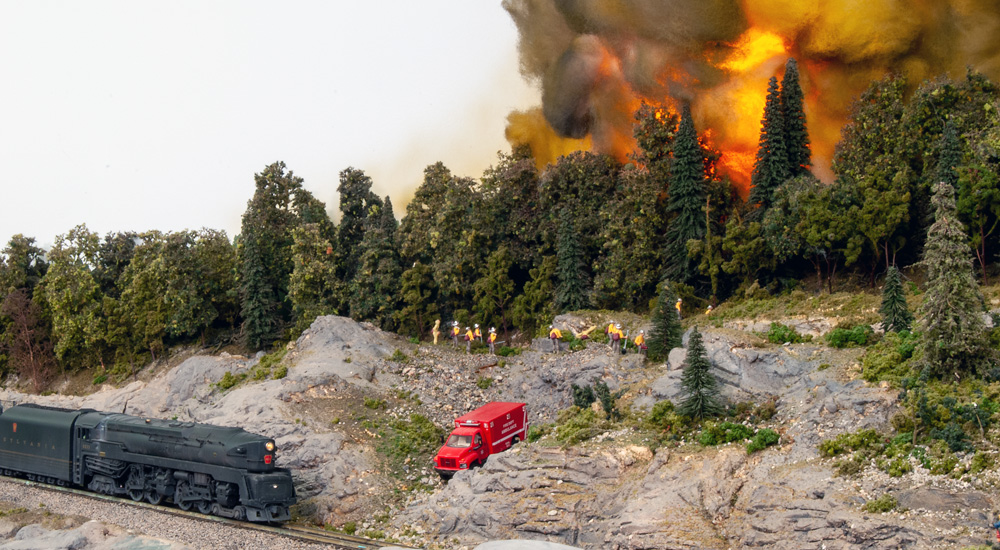
From the subtle to the dramatic. One way to grab viewers’ attention is a big, flashy, dramatic scene. Some modelers do this with a main street parade, a carnival scene with animated rides, or a tall trestle over a towering waterfall. The members of the Pacific Southern Railway Club in Rocky Hill, N.J. (see the November 2023 MR), took the drama up a notch by modeling a blazing forest fire on a hill over the main line. A thin line of emergency workers stands against the ominous, glowing clouds billowing up from over the ridge line. Flashing light-emitting diodes below the ridge give the blaze a realistic flicker. There isn’t a place for a scene like this on every model railroad, but if you want to make your layout tell a story, there are few more eye-catching ways to do it.






